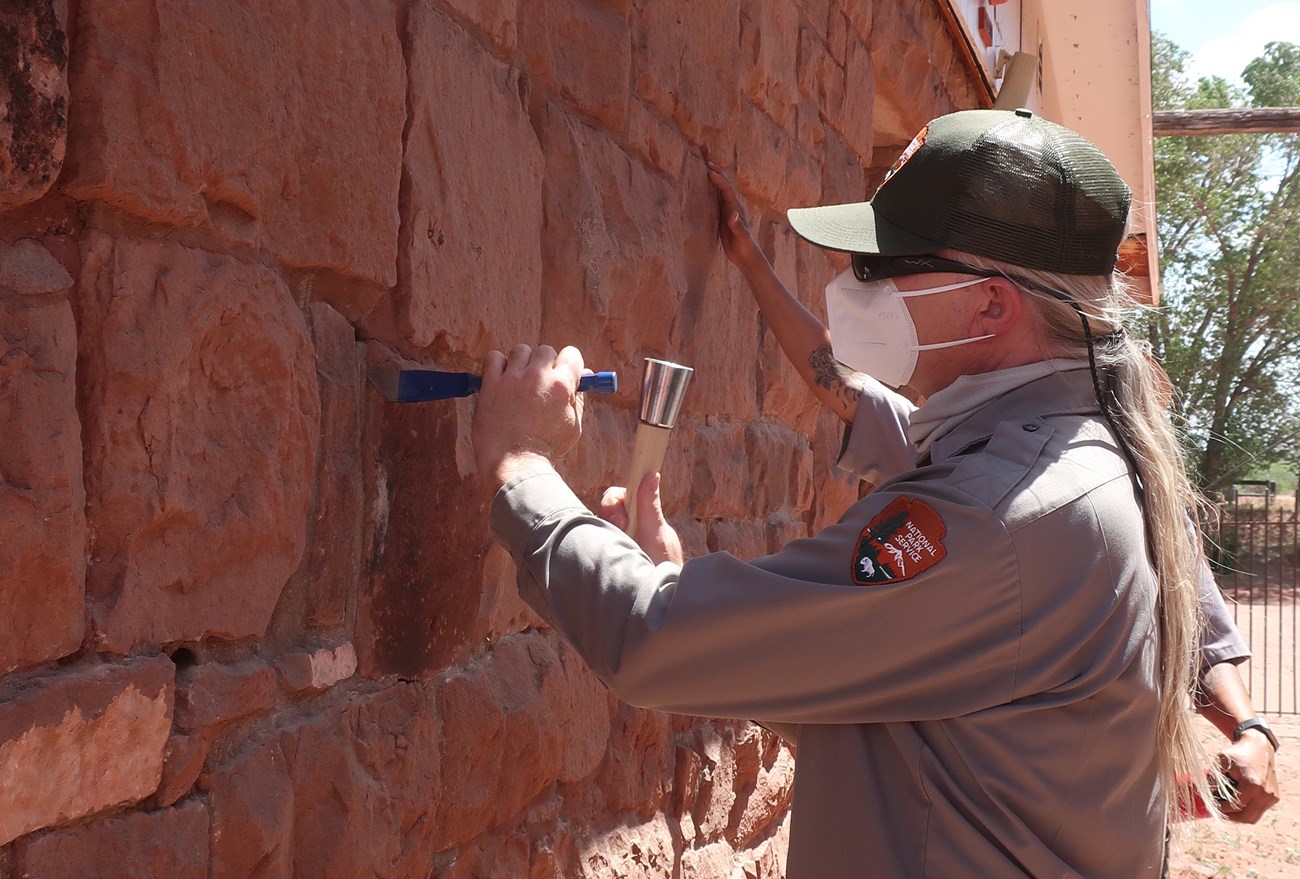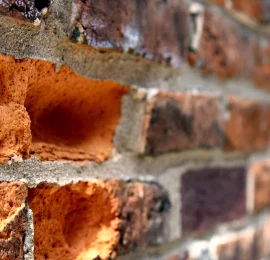Premier Roofing Contractor Services for Your Home
Premier Roofing Contractor Services for Your Home
Blog Article
Opening the Keys of Sustainable Stonework Building Practices for Eco-Friendly Structures
In the realm of contemporary building and construction, the pursuit of lasting techniques has come to be vital. Amongst the myriad approaches to green building, sustainable masonry building and construction stands out as a tried and true and sturdy method that holds a riches of untapped possibility. From the choice of materials to ingenious construction methods, the tricks to achieving sustainability within masonry construction are complex and fascinating. By checking out the advantages, materials, strategies, and future fads of lasting masonry, a much deeper understanding of just how these techniques can shape the future of eco-friendly structures arises.
Advantages of Sustainable Masonry Construction
Welcoming sustainable masonry building methods not only reduces ecological effect yet additionally offers long-lasting financial benefits to building contractors and communities. By using products like recycled blocks, blocks, and rocks, contractors can considerably lower the carbon footprint of their jobs while advertising resource efficiency. In addition, lasting masonry construction strategies, such as correct insulation and thermal mass properties, can improve energy efficiency within structures, causing minimized operational prices gradually.
Additionally, the resilience and resilience of masonry frameworks add to lasting financial advantages. Structures created making use of lasting masonry practices often require less maintenance and repair work, translating to cost savings for home builders and home proprietors. The longevity of masonry products additionally guarantees that frameworks stay secure and protected, decreasing the requirement for frequent improvements or substitutes.
Eco-Friendly Masonry Materials
Utilizing environment-friendly stonework materials is a critical action towards improving the sustainability of building and construction practices and decreasing environmental impact while optimizing long-term economic benefits. Sustainable stonework materials are sourced, created, and utilized in a fashion that decreases total ecological influence. Materials such as recycled bricks, redeemed rock, and lasting concrete blocks are becoming significantly prominent selections for eco-conscious contractors. Recycled bricks, as an example, not only divert waste from garbage dumps but also require much less energy to create compared to new blocks. Redeemed rock uses a special aesthetic appeal while reducing the demand for brand-new quarrying. Lasting concrete blocks incorporate recycled accumulations and may include improved insulation residential or commercial properties, adding to energy performance in buildings.
Additionally, all-natural products like adobe, rammed planet, and straw bundles provide outstanding thermal mass residential properties, minimizing the demand for heating and cooling power. These materials are commonly in your area available, promoting regional economic climates and decreasing transportation-related carbon exhausts. By choosing environmentally friendly stonework materials, building and construction tasks can significantly minimize their ecological impact and add to the production of much healthier, a lot more lasting developed environments.
Energy-Efficient Stonework Strategies
Energy performance plays an essential role in enhancing the sustainability of stonework building practices. By implementing energy-efficient stonework strategies, building contractors can considerably decrease the total energy intake of a structure, bring about lower operational prices and a smaller sized ecological footprint. One key energy-efficient stonework strategy is making use of thermal mass, which entails incorporating dense materials like concrete or brick right into the structure's structure to soak up and keep warm. This helps regulate interior temperature levels, minimizing the demand for mechanical heating and cooling down systems.

Technologies in Sustainable Masonry
Recent innovations in lasting masonry practices have actually caused cutting-edge techniques that are reshaping the building and construction market. One such technology is the advancement of self-healing concrete, which utilizes germs embedded within the concrete to recover cracks autonomously. This breakthrough not just lowers maintenance prices but additionally improves the longevity of stonework structures, adding to their sustainability.
Another remarkable innovation is making use of recycled aggregates in masonry building and construction - masonry contractor. By incorporating products such as crushed ceramic waste or recycled glass into concrete blends, home builders can lower the environmental effect of building and construction jobs while keeping Resources architectural stability. This technique not only diverts waste from garbage dumps but also preserves all-natural sources, making it an essential improvement in sustainable stonework building and construction
In addition, the combination of digital style devices, such as Building Information Modeling (BIM), is revolutionizing the method masonry structures are planned and created. BIM enables even more specific estimations, minimized product wastage, and improved power effectiveness, inevitably causing more lasting structure practices. These innovations jointly symbolize an encouraging future for sustainable masonry construction in the era of eco-friendly structures.
Future Trends in Stonework Sustainability
With the innovative strides made in sustainable stonework methods, the future patterns in masonry sustainability are positioned to further change the building sector. One of the crucial patterns shaping the future of stonework sustainability is the boosted combination of technology. Advancements such as Building Info Modeling (BIM) and online fact simulations are being used to maximize stonework building processes, causing lowered product waste and improved energy performance in buildings.
Moreover, the advancement of novel lasting products is readied to play a substantial role in enhancing the eco-friendliness of masonry construction. masonry contractor. Advancements like self-healing concrete, recycled accumulations, and bio-based binders jim ellis porsche are gaining traction for their capability to lessen environmental impact while maintaining structural integrity

Final Thought
To conclude, sustainable masonry building methods use various benefits for eco-friendly try this structures. By making use of green products and energy-efficient techniques, masonry can add to a more sustainable built setting. Innovations in lasting stonework are continually being established to further boost the ecological performance of structures. Looking in the direction of the future, the fad of stonework sustainability is anticipated to grow, causing more eco-friendly and energy-efficient construction practices in the years to come.
Report this page